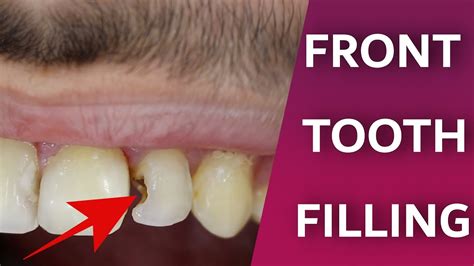How To Fix Swollen Gum After Flossing? Easy Solutions

Swollen gums after flossing can be a painful and unsettling experience, leaving many to wonder if they’ve done more harm than good in their oral hygiene routine. However, it’s a relatively common issue that can occur due to several reasons such as aggressive flossing, poor flossing technique, or even sensitive gums. Fortunately, there are several easy solutions and preventative measures you can take to alleviate and prevent swollen gums after flossing.
Understanding Why Gums Become Swollen After Flossing
Before diving into the solutions, it’s essential to understand why this happens. Gums can become swollen due to irritation from the floss, especially if you’re new to flossing or haven’t done it in a while. The gums might also be sensitive due to underlying conditions such as gingivitis or if you have a tendency to press too hard while flossing. Recognizing the cause is the first step towards finding an effective solution.
Easy Solutions for Swollen Gums
- Apply a Cold Compress: A cold compress or an ice pack wrapped in a cloth can help reduce swelling and ease pain. Apply it to the affected area for a few minutes, several times a day.
- Salt Water Rinse: Rinsing your mouth with warm salt water can reduce swelling and kill bacteria. Dissolve a teaspoon of salt in a cup of warm water and swish it around your mouth before spitting it out.
- Hydrogen Peroxide Mouthwash: Similar to salt water, a hydrogen peroxide mouthwash can help reduce bacteria and inflammation. However, always dilute it with water as per the instructions on the label to avoid any further irritation.
- Gentle Oral Care Products: Switching to a gentle mouthwash and toothpaste designed for sensitive teeth and gums can help alleviate irritation.
- Improving Flossing Technique: Ensure you’re flossing correctly. Slide the floss gently between your teeth in a zigzag motion, being careful not to snap or force the floss against your gums.
Preventative Measures
Prevention is always better than cure. Here are some tips to prevent swollen gums after flossing: - Floss Regularly: Regular flossing helps your gums become less sensitive over time. - Use the Right Tools: Consider using dental floss picks or interdental brushes, which can be easier and less irritating. - Be Gentle: Always floss gently, without forcing the floss between your teeth. - Maintain Good Oral Hygiene: Regular brushing, coupled with flossing, can help keep your gums healthy and less prone to swelling.
When to Seek Professional Help
While swollen gums after flossing are usually not a cause for concern and can be treated with the solutions above, there are instances where you should seek professional help: - Persistent Swelling: If the swelling persists or worsens despite trying the above solutions. - Pain: Severe pain that doesn’t subside with over-the-counter pain relievers. - Bleeding: If your gums bleed heavily or persistently during or after flossing. - Other Symptoms: Fever, bad taste, or any other unusual symptoms accompanying the swelling.
Conclusion
Swollen gums after flossing are a common issue that most people can manage with simple remedies and changes in their flossing technique. By understanding the cause, applying easy solutions, and incorporating preventative measures into your oral hygiene routine, you can alleviate discomfort and maintain healthy gums. Remember, if your symptoms are severe or persistent, it’s always best to consult with a dental professional for personalized advice and care.
FAQ Section
How long does it take for swollen gums to heal after flossing?
+Swollen gums can heal within a few days to a week after flossing, depending on the severity of the swelling and how well you care for your gums. Maintaining good oral hygiene and applying remedies like cold compresses and salt water rinses can speed up the healing process.
Can I still floss if my gums are swollen?
+It’s generally recommended to avoid flossing the area that’s swollen until it heals to prevent further irritation. However, you can continue to floss other areas of your mouth, being gentle and cautious not to exacerbate the situation.
What are the signs of healthy gums?
+Healthy gums are firm, pink, and do not bleed easily. They fit snugly around the teeth and do not show signs of swelling or redness. Maintaining good oral hygiene through regular brushing, flossing, and dental check-ups can help keep your gums healthy.


